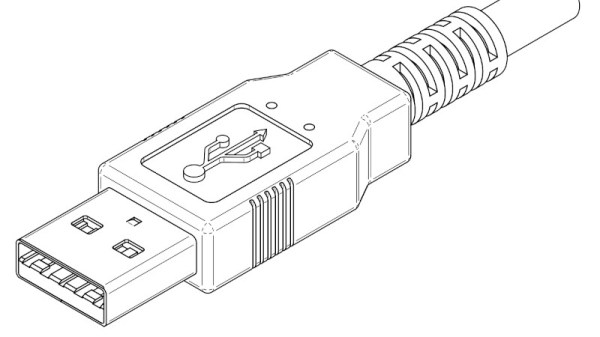If something has a “smart” in its name, you know that it’s talking to someone else, and the topic of conversation is probably you. You may or may not like that, but that’s part of the deal when you buy these things. But with some smarts of your own, you might be able to make that widget talk to you rather than about you.
Such an opportunity presented itself to [Benjamen Lim] when a bunch of brand X smartwatches came his way. Without any documentation to guide him, [Benjamen] started with an inspection, which revealed a screen of debug info that included a mysterious IP address and port. Tearing one of the watches apart — a significant advantage to having multiple units to work with — revealed little other than an nRF52832 microcontroller along with WiFi and cellular chips. But the luckiest find was JTAG pins connected to pads on the watch face that mate with its charging cradle. That meant talking to the chip was only a spliced USB cable away.
Once he could connect to the watch, [Benjamen] was able to dump the firmware and fire up Ghidra. He decided to focus on the IP address the watch seemed fixated on, reasoning that it might be the address of an update server, and that patching the firmware with a different address could be handy. He couldn’t find the IP as a string in the firmware, but he did manage to find a sprintf-like format string for IP addresses, which led him to a likely memory location. Sure enough, the IP and port were right there, so he wrote a script to change the address to a server he had the keys for and flashed the watch.
So the score stands at [Benjamen] 1, smartwatch 0. It’s not clear what the goal of all this was, but we’d love to see if he comes up with something cool for these widgets. Even if there’s nothing else, it was a cool lesson in reverse engineering.


















